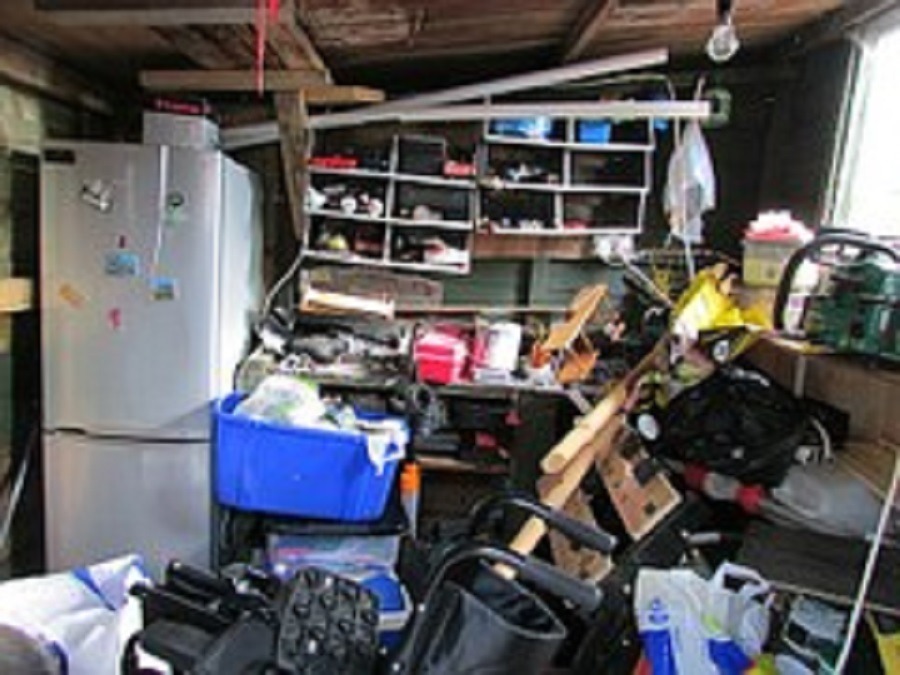Clutter and Hoarding


With all the hype and attention around the topic of hoarding through television and the news, more and more people are becoming aware of the symptoms and how compulsive hoarding is actually a mental illness, similar to depression or anxiety. You may be looking for ways to support a parent or spouse organize, sort and let go of possessions that interfere with their own living. It’s important first to know the difference between accumulating clutter and actual hoarding.
What is hoarding?
Clutter and difficulty discarding things are usually the first symptoms of hoarding. The medical community suggests that a person is diagnosed with a hoarding disorder when:
- 1. they have difficulty getting rid of items most other people consider useless or of limited value, and
- 2. a large number of things fill up active living areas of the home, preventing normal use of these spaces, and
- 3. the symptoms cause significant distress or make it difficult for the person to function in their day-to-day life
Having Clutter vs. Hoarding:
Having a lot of clutter does not necessarily mean a person has a hoarding disorder. Sometimes, other barriers such as fatigue, depression, or declining abilities get in the way of organizing and maintaining the home.
People with clutter usually keep possessions for the same reasons most people do: they feel the item might come in handy, they feel emotionally attached to the item, or they just like the look or feel of the item. Their feelings about their possessions are just stronger and more frequent than the average person’s.
The Hoarding Disorder and Associated Risks:
People who compulsively hoard tend to accumulate items in large quantities. Hoarding usually involves hanging on to common items like clothes, newspapers, containers, junk mail, books, Tupperware containers, plastic bags and crafts. Eventually, people who hoard can no longer use rooms as they were intended. They have difficulty moving through their own home. Exits may be blocked and day-to-day activities, like bathing, cooking, and sleeping may be difficult.
Both extreme clutter and compulsive hoarding can put the health and safety of the people living in the space at risk for falls, fires, pest infestations and respiratory problems. If you feel a loved one is at risk and you recognize any of the above signs, it might help to discuss your concerns with that person.
Tips to Help You Discuss Your Concerns:
- Understand the person who hoards may not be interested or ready to address their problem. They may not even recognize that there is a problem.
- Recognize that the person has the right to make decisions about how he or she wants to live.
- Be sensitive and empathetic. This will help to build a foundation of respect and trust between you and your loved one.
Moving Forward:
If you and your loved one determine that there is a problem with clutter that should be addressed, you can contact VHA Home HealthCare. VHA provides professional services by Occupational Therapists trained to assess, support clients with clutter problems and help them meet their organizational goals.
VHA has also published The Community Clutter & Hoarding Toolkit with resources, strategies and organizational techniques to address hoarding and the effects of excess clutter. This toolkit is designed to support a broad range of audiences, including people who clutter and their families.
VHA also offers an Extreme Cleaning service if your loved one is facing eviction or institutionalization because of the unsanitary condition of his or her home. For people with extreme hoarding or clutter challenges, however, this is usually a last resort service and typically people with this issue do better with a slower, more gradual approach to organizing their living space.
For more information about the clutter and hoarding services offered by VHA Home HealthCare please call 416-489-2500 or 1-888-314-6622.



